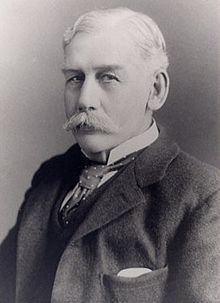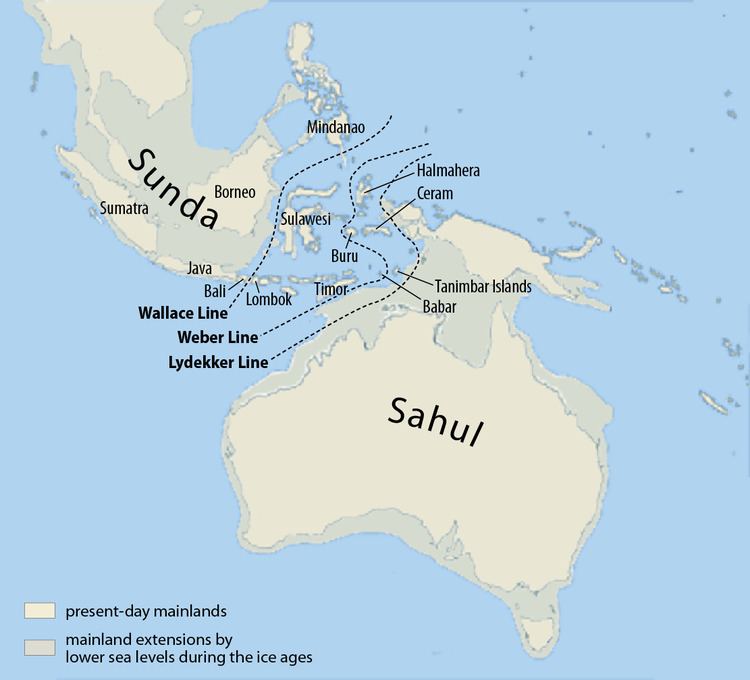Nationality English Role Geologist | Name Richard Lydekker | |
 | ||
Born July 25, 1849London, England ( 1849-07-25 ) Institutions Trinity College, CambridgeNatural History Museum Books Catalogue of the Fossil Ma, Catalogue of the Fossil Bir, Catalogue of the Fossil Re, Phases of animal life - past and, Catalogue of the Fossil Ma Similar People Max Carl Wilhelm Weber, William Henry Flower, Alfred Russel Wallace | ||
Richard Lydekker (25 July 1849 – 16 April 1915) was an English naturalist, geologist and writer of numerous books on natural history.
Contents

Biography
Richard Lydekker was born at Tavistock Square in London. His father was Gerard Wolfe Lydekker, a barrister-at-law with Dutch ancestry. The family moved to Harpenden Lodge soon after Richard's birth. and educated at Trinity College, Cambridge, where he took a first-class in the Natural Science tripos (1872). In 1874 he joined the Geological Survey of India and made studies of the vertebrate palaeontology of northern India (especially Kashmir). He remained in this post until the death of his father in 1881. His main work in India was on the Siwalik palaeofauna; it was published in Palaeontologia Indica. He was responsible for the cataloguing of the fossil mammals, reptiles and birds in the Natural History Museum (10 vols., 1891).
He named a variety of taxa including the golden-bellied mangabey; as a taxon authority he is named simply as "Lydekker".
Biogeography
He was influential in the science of biogeography. In 1895 he delineated the biogeographical boundary through Indonesia, known as Lydekker's Line, that separates Wallacea on the west from Australia-New Guinea on the east. It follows the edge of the Sahul Shelf, an area from New Guinea to Australia of shallow water with the Aru Islands on its edge. Along with Wallace's Line and Huxley's Line it indicates the definite effect of geology on the biogeography of the region, something not seen so clearly in other parts of the world.
First cuckoo
Lydekker attracted amused public attention with a pair of letters to The Times in 1913, when he wrote on 6 February that he had heard a cuckoo, contrary to Yarrell's History of British Birds which doubted the bird arrived before April. Six days later on 12 February 1913, he wrote again, confessing that "the note was uttered by a bricklayer's labourer". Letters about the first cuckoo became a tradition in the newspaper.
Awards
He received the Lyell Medal from the Geological Society of London in 1902.
